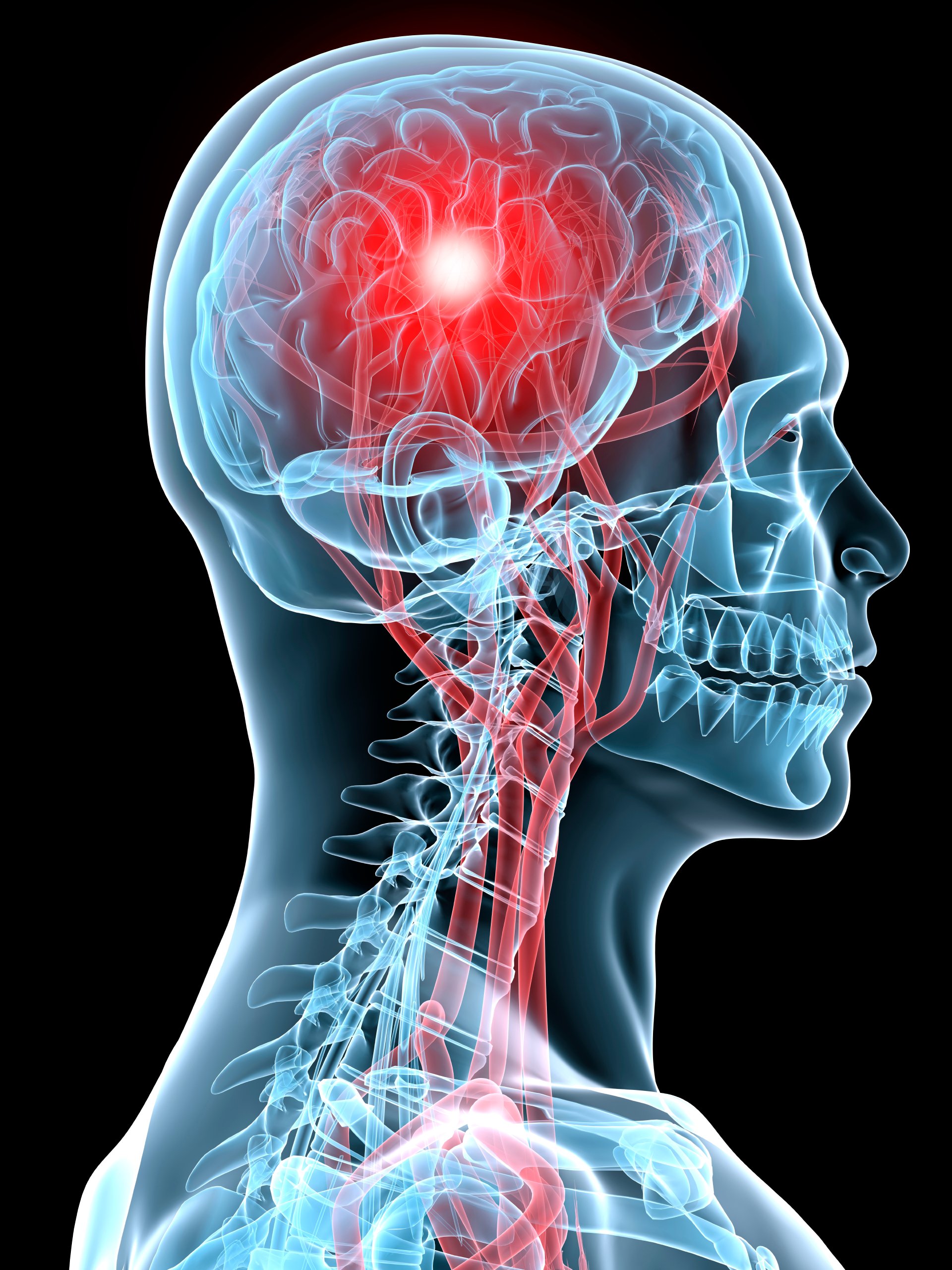Orthopedics & Physical Therapy
We believe in empowering people to regain their strength and reach peak performance after an injury or illness. When you trust our physical therapists with your recovery, know you are working with some of the area’s most highly skilled and trained specialists. Our doctorate-educated therapists focus on improving your movement, mobility, and strength to restore, maintain, and promote optimal physical function. This is accomplished in various ways, including exercise on land or in our therapy pool, manual techniques, therapeutic modalities, and education.
That is why we invite you to Rehab With A Pro. Experience the difference the Gaylord team can make in your recovery.
Call 203-284-2888 to schedule your evaluation..
Our physical therapy services address musculoskeletal issues ranging from common to complex. We work with you to design a personalized rehab program and monitor your progress closely, using established and new technologies to help you perform at your personal best. At each of our six locations you will find a team of experts knowledgeable in a wide array of orthopedic-based dysfunctions and sports injuries, including but not limited to:
-
Degenerative conditions of the spine and peripheral joints
-
Sports injuries
-
Acute muscle strains
-
Ligament sprain
-
Tendonitis
-
Bursitis
-
Post-surgical care
-
Workers’ compensation injuries
Aquatic Therapy
The physical properties of water diminish the effects of gravity. The therapeutic properties of water combined with the skill of our therapists that will help you to improve your mobility and function. Location: Wallingford
Dry Needling
Intramuscular Manual Therapy (IMT), also known as dry needling, is designed to improve muscle function, induce relaxation, and decrease pain. This technique is performed in addition to the traditional therapy assessment, exercise, and mobilization techniques.
Exercise Therapy
Medical Exercise Therapy (MET) is a concept used worldwide to organize exercises in a robust treatment protocol for patients with musculoskeletal and locomotor dysfunctions. It is beneficial in preventing overuse lesions, often seen in workers and athletes.
Gait Training
Gait training is a distinct form of physical therapy that helps strengthen and improve your walk and stance. It specifically focuses on balance and posture, adjusting your position, your endurance, and can include different forms of technology.
Physiatry
Physiatry diagnoses and treats conditions that have resulted in temporary or permanent loss of function affecting independence. The goal is to improve quality of life by avoiding surgery and narcotics.
Post Op Care
Post-Op Care uses current evidence-based post-surgical protocols for total joint replacements, ligament and tendon repairs, fractures, fusions, and other procedures. Our therapists tailor each patient's exercise program to ensure the best functional outcome.
Soft Tissue Mobilization
STM can help increase local blood flow, improve muscle mobility/plasticity, and reduce pain when muscles become sore or develop trigger points (knots). This can be done with an instrument (Graston), foam roll, or other device.
Sports Medicine
Sports Medicine addresses the rehabilitative needs of injured patients seeking to regain their highest level of physical performance, regardless of whether the injury originated with playing a sport, orthopedic surgery, joint replacement, or other event.
Strength & Conditioning
Our Certified Strength and Conditioning Specialists (CSCSs) are physical therapists who apply scientific knowledge to train athletes to enhance their performance. They perform sport-specific testing sessions, develop safe and effective strength and conditioning programs, and provide injury reduction guidance.
TMD/TMJ
Our therapists with advanced training in TMD will evaluate and create an individualized plan involving manual therapy, postural training, and exercises to decrease pain and restore function. Our team collaborates with dentists and ENTs to ensure the best outcomes.
Golf Performance Program
Gaylord's Golf Performance Program pairs professional and amateur golf players with a Titleist Performance Institute (TPI) Certified physical therapist to evaluate and enhance your golf game without straining muscles.
Radiology & Imaging Services
Our on-site Radiology & Imaging Services support your orthopedic care with timely, high-quality imaging – right here at Gaylord. Whether it’s an X-ray to evaluate joint alignment or an ultrasound to assess soft tissue damage, our team works closely with your providers to guide your personalized recovery plan.
Where you choose to receive care can make all the difference. Gaylord offers an extraordinary range of technologies and patient services, all based on the latest research and best practices.
Request an Appointment
Call 203-284-2888 to schedule your evaluation.


